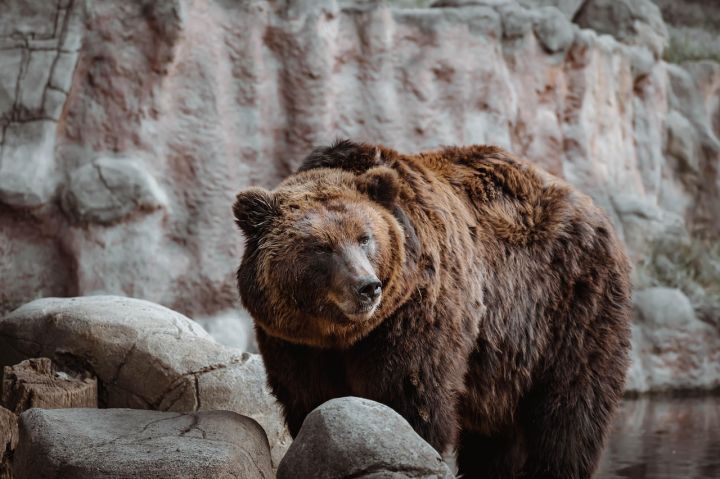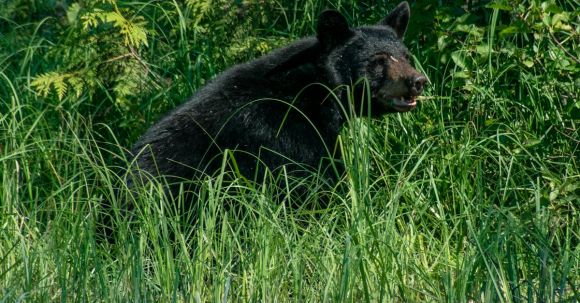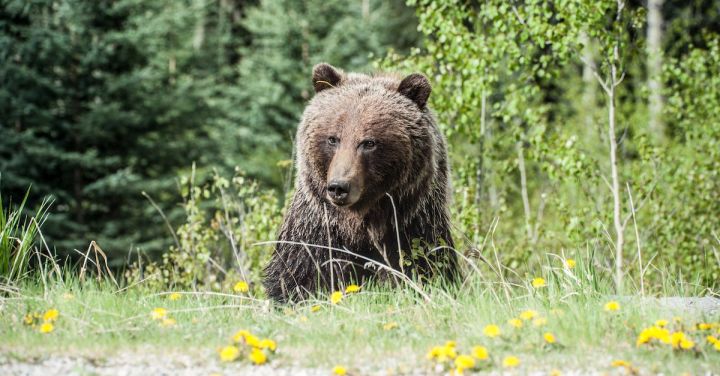Why Is it Important to Protect Bear Feeding Grounds?
Bears, with their lumbering gait and powerful presence, have long fascinated and captivated humans. These magnificent creatures are not only icons of the wilderness but also play a crucial role in maintaining the balance of ecosystems. One critical aspect of bear conservation is protecting their feeding grounds. In this article, we will explore why it is important to safeguard these areas and the potential consequences if we fail to do so.
Maintaining Biodiversity
Bear feeding grounds are rich in biodiversity, supporting a wide range of plant and animal species. Bears are omnivores, meaning they consume both plant matter and animals. Through their feeding habits, bears disperse seeds and enhance the growth of various plant species. This ecological role helps maintain the diversity of plant life, which in turn provides habitat and food sources for other wildlife. By protecting bear feeding grounds, we are preserving the intricate web of life that relies on these areas for survival.
Preserving Natural Resources
Bear feeding grounds often overlap with critical natural resources, such as streams, rivers, and wetlands. These ecosystems are vital for the health of both wildlife and humans. For instance, many fish species rely on the clean, cold waters of these habitats for spawning and survival. Protecting bear feeding grounds ensures the conservation of these precious water resources, which are essential for maintaining healthy populations of fish and other aquatic creatures. Additionally, these areas act as natural filters, purifying water and reducing the risk of contamination downstream. By safeguarding bear feeding grounds, we are safeguarding these valuable natural resources.
Mitigating Human-Wildlife Conflict
As human populations continue to expand and encroach upon bear habitats, conflicts between humans and bears are becoming increasingly common. One of the main triggers for these conflicts is the availability of food. When bear feeding grounds are disturbed or destroyed, bears may venture into human settlements in search of alternative food sources. This can lead to property damage, injury, and even loss of human life. By protecting and preserving bear feeding grounds, we are reducing the likelihood of these encounters and promoting peaceful coexistence between humans and bears.
Promoting Ecotourism
Beyond their ecological importance, bears are also a significant draw for ecotourism. Many people travel to see these majestic creatures in their natural habitats, providing economic benefits to local communities. Bear feeding grounds are often prime locations for bear viewing, attracting tourists from around the world. By protecting these areas, we are supporting sustainable tourism practices, which can contribute to the local economy and raise awareness about the importance of bear conservation. In this way, protecting bear feeding grounds not only benefits the bears but also the communities that rely on ecotourism for their livelihoods.
Conclusion: A Call to Action
The protection of bear feeding grounds is not just about preserving a single species; it is about safeguarding entire ecosystems and the services they provide. By maintaining biodiversity, preserving natural resources, mitigating human-wildlife conflict, and promoting sustainable tourism, we can ensure the long-term survival of bears and the habitats they depend on. It is imperative that we take action now to protect these vital areas, not only for the sake of bears but for the well-being of our planet as a whole. Together, we can make a difference and secure a future where bears continue to roam their feeding grounds undisturbed.






